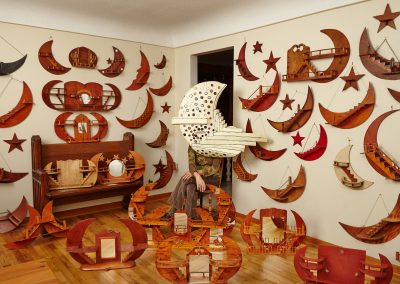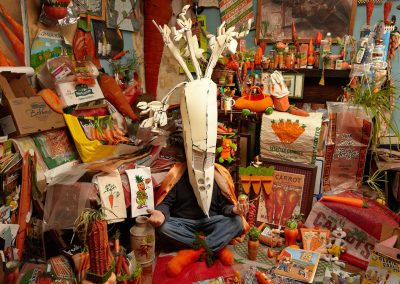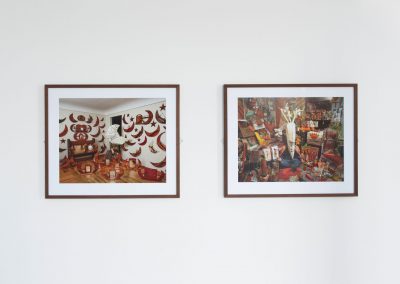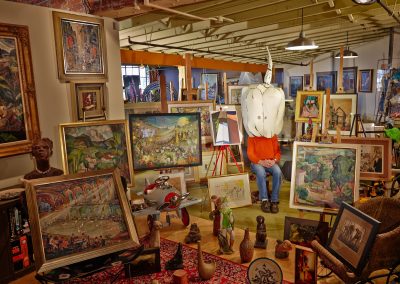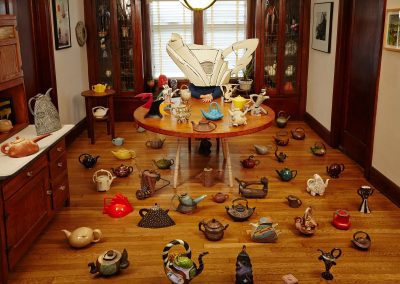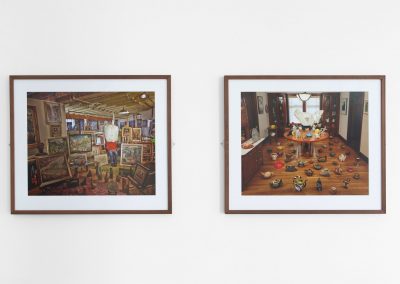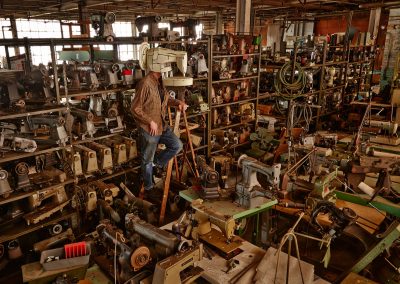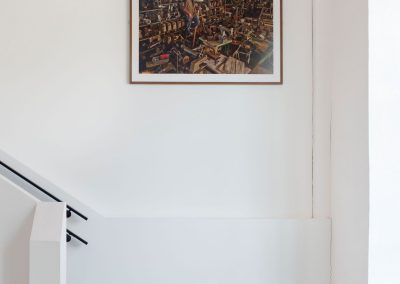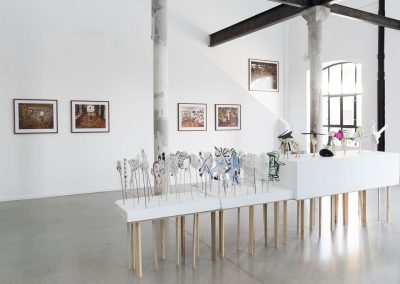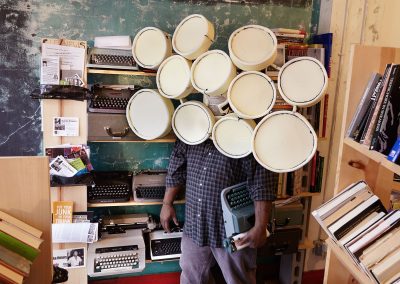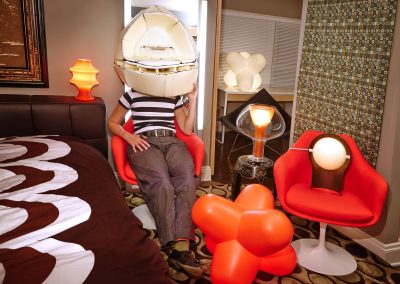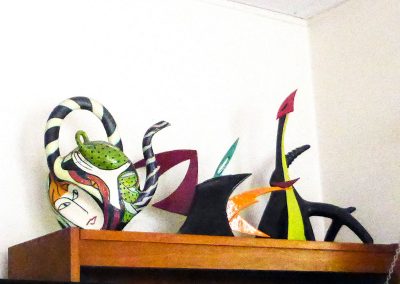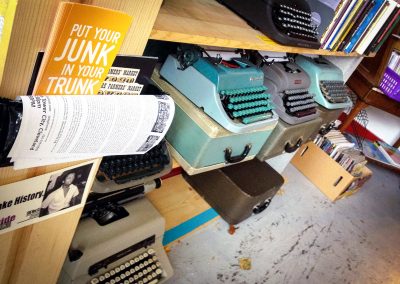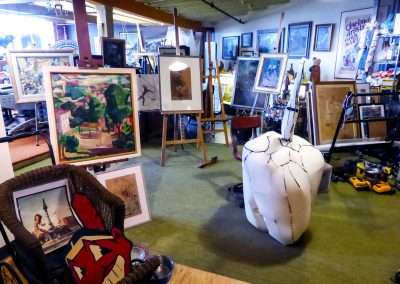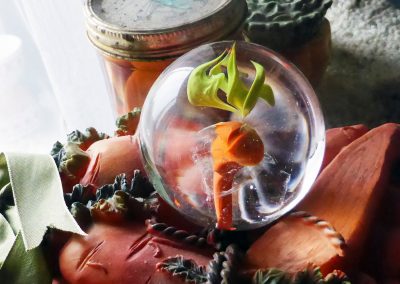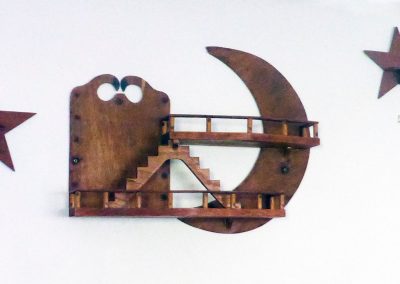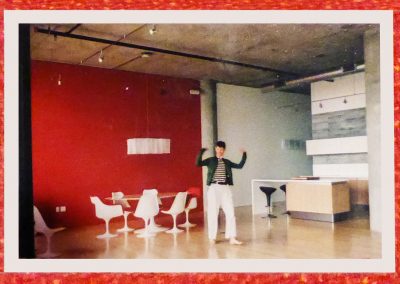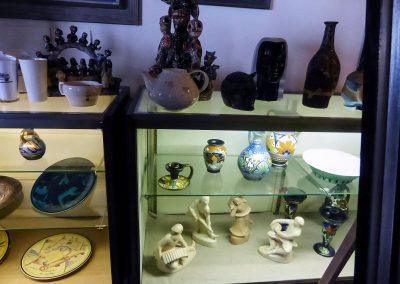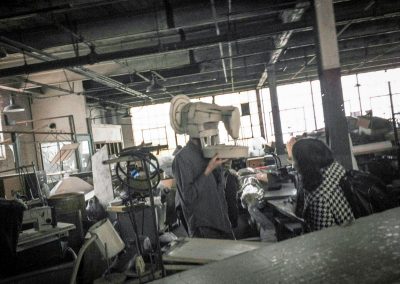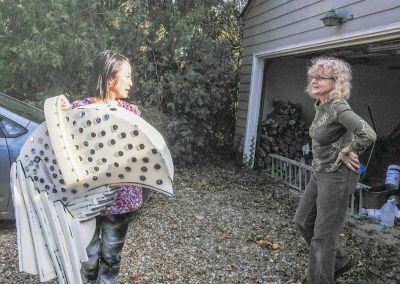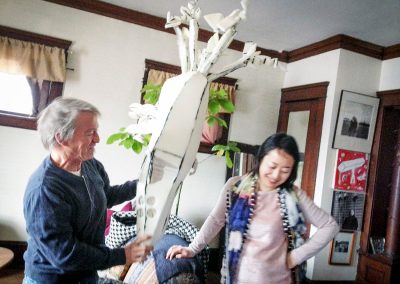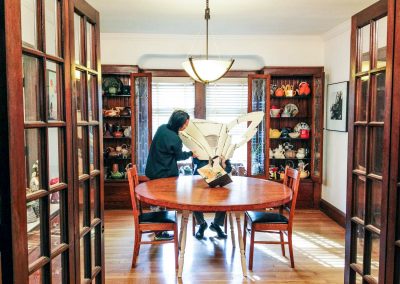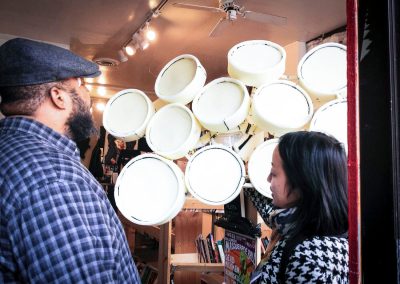COLLECTORS
In this project, Oyama was interested in finding a way to express the uncontrollable gravitation towards particular objects, especially people’s compulsions to have the same object en masse.
“I like the feeling of thinking that ‘there will be no more of this.’ I collect artwork of dead artists.” – Collector of Artworks from Northeast Ohio from 1910–1920
Acts of collecting and hoarding are similar in that they both involve possessing a number of objects. What clearly distinguishes collecting from hoarding is discipline. Hoarding is an endless accumulation without selection, and it shows a lack of care for content, quantity and quality. Collecting, by contrast, demands the updating of knowledge, archiving, consideration of structures/systems, and maintenance of the items’ condition. In some situations, a collection can consist of several sub-series, each of which has an end point. From there, the collector can resume acquiring other items that fit in further series.
The value of a collection is therefore not determined only by the purchase and sale price of the objects, but also by all the activities related to the collection: the time spent searching, acquiring, and maintaining it, not to mention the patience and generosity required to share one’s living space with the objects. A collection may even restrict its owner’s mobility, and oftentimes such a predicament appears awkward and senseless to others. Others find it difficult to understand the fascination of the objects to the collector.
For this project, Oyama conducted extensive individual interviews with collectors of objects during an artist residency at SPACES, in Cleveland, Ohio. She searched for local collectors via the residency’s network, on the internet, by posting announcements on social media, talking to owners of local thrift shops and observing local auctions on eBay. She then met seven people who collect the following: teapots, typewriters, sewing machines, moon-shaped shelves, space age furniture, works of art from northeast Ohio from the period 1910-1920, and carrot products.
The artist then asked each collector the same set of questions:
What are these objects?
How did your interest in these objects begin?
When did this collection start and how long has it been going on?
What is so appealing about these objects?
Which features/aspects/qualities are important?
What are the rules of this collection?
Oyama was especially fascinated by the sites where the collectors stored their objects, in the space of everyday life. Quite often it seemed to be blurred as to whether the house or apartment was there to house the collector, or rather the objects.
“For what you really collect is always yourself.” – Jean Baudrillard
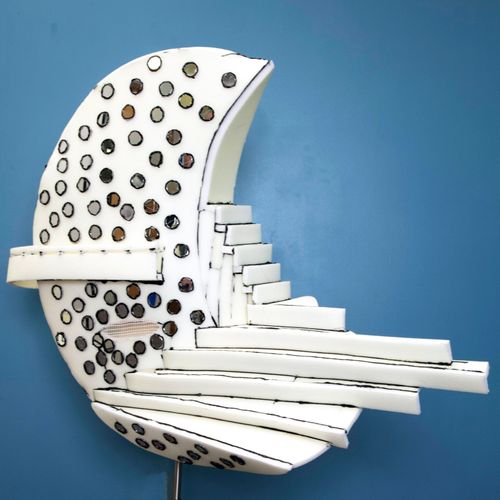
OBJECT STORY ARCHIVE 01 MOON SHELVES
Moon-shaped shelves have steps on which small figurines, like angels, can be placed. They are also known as ‘Stairways to Heaven’. They were popular between the 1930s and 1950s and were made in woodwork classes, as exercises for learning how to cut zigzags and curves.
The collector of moon shelves (M) owns about 200 such objects, and approximately 100 of these hang in her living room. To M, moon shelves are metaphors of things such as spiritual journeys and longing. The steps are elevations; they move upwards and reach beyond the moon.
OBJECT STORY ARCHIVE 02 CARROT PRODUCTS
The collector of carrot products (C) is known as ‘the carrot man’ in his local community. He has dedicated an entire room in his apartment to his collection. This ranges from packaging, magazines, cooking recipes, toys, ceramic figures, textiles, clothing, electronic gadgets and handcrafted gifts from his friends.
His rule for collecting is that CARROTS should be the dominant aspect, and no other things such as BUNNIES.
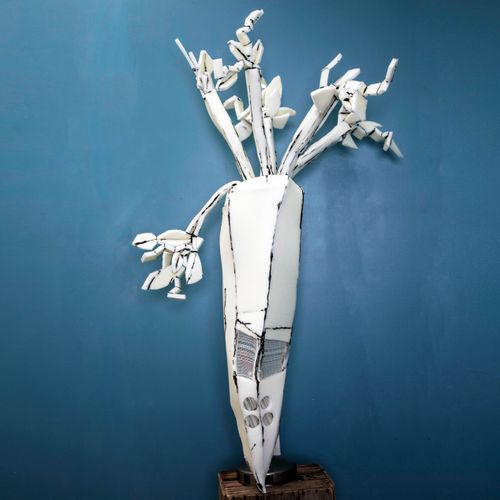
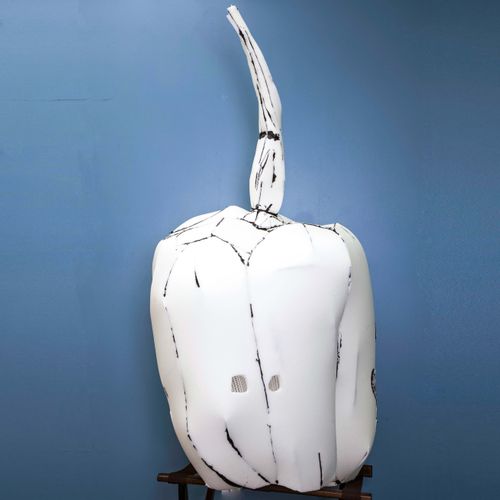
OBJECT STORY ARCHIVE 03 ARTWORKS FROM NORTHEAST OHIO FROM 1910-1920The collector of artworks made in northeast Ohio between 1910 and 1920 (A) describes his practice as collecting ‘art from the teens.’ This period, he explains, was the heyday of Ohio and its art, when John D. Rockefeller, the founder of the Standard Oil Company, and other industrial giants were patrons of local artists.
Activities like eating and going out, travelling or going on holiday are of no value to him. His art collection gives him pleasure and he can enjoy the items every day.
OBJECT STORY ARCHIVE 04 TEAPOTS
“I am searching for things that are beyond ‘good’.”
The collector of teapots (T) has been collecting for twenty years. Most of her teapots were found locally, except for a few she bought on holidays abroad. She is interested in the playful ways in which ceramic artists exaggerate elements of teapots, such as the body, handle, spout, and lid. The aesthetics and the ideas about teapots are more important for T than their function. Teapots should be enjoyable to look at, not for using.
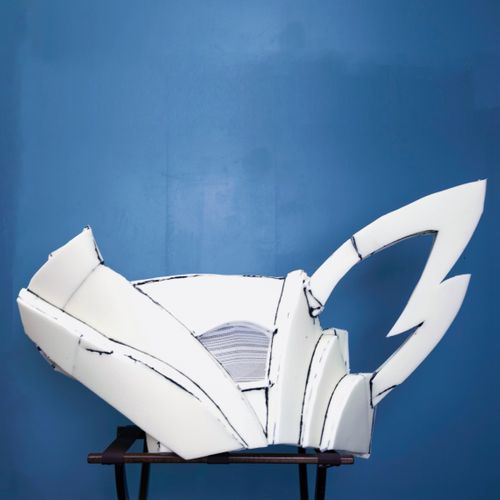
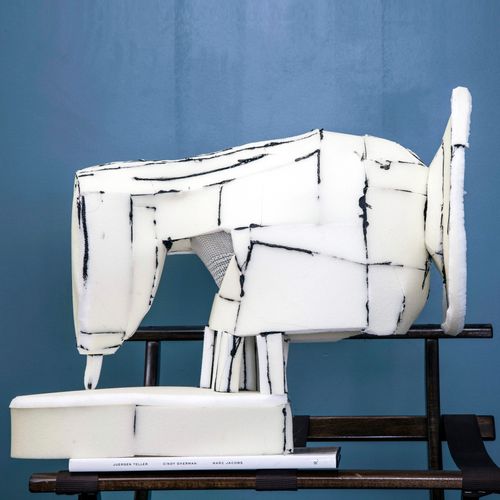
OBJECT STORY ARCHIVE 05 SEWING MACHINES
The collector of sewing machines (S) is an engineer who repairs analogue and highly digitized electric sewing machines.
In the 1970s and 1980s, there were over 10,000 people who worked at sewing companies in Ohio. Then the USA introduced free trade with Mexico and China, which resulted in the collapse of the textile industry in the Midwest. S could not bear to see the abandoned sewing machines from these liquidated factories left to stand outdoors and so he gathered them together and took them home. This resulted in a loft full of sewing machines.
OBJECT STORY ARCHIVE 06 TYPEWRITERS
The collector of typewriters (TW) is a writer who produces all his manuscripts on typewriters. He carries one around in the same way others carry laptops, taking them to cafés, even though people complain that his typing is loud. Writing with typewriters enables him to write from the heart rather than the mind. Finishing typing a page and pulling out the paper is like setting a casual deadline.
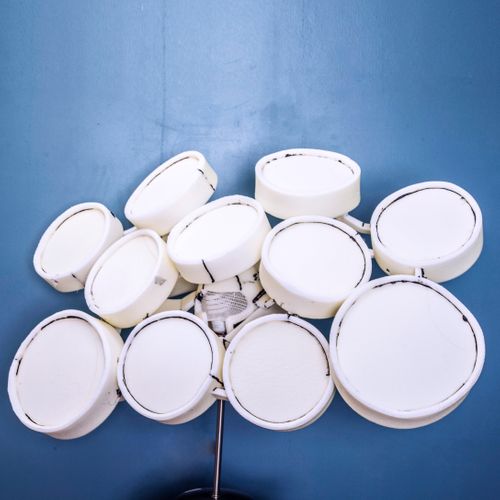
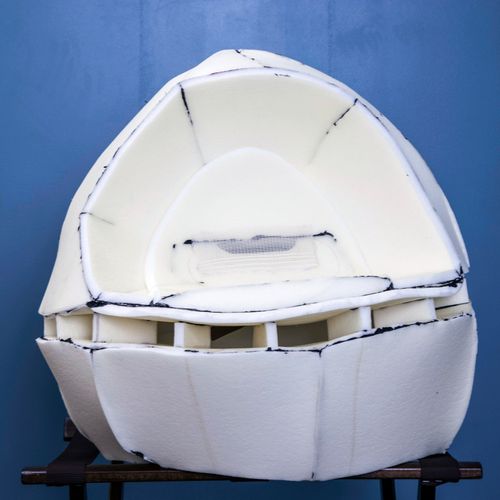
OBJECT STORY ARCHIVE 07 SPACE-AGE FURNITURE
The collector of Space-Age furniture (SA) had always fancied surrounding herself with futuristic objects. She discovered Space-Age furnishings when her parents took her to a furniture store, where she fell in love with a curious Space Age Ball Chair that was ball-shaped and had a built-in stereo sound system. This and other objects with organic shapes, bright colours and alien-like appearance made her feel like she was living on another planet. Her collection represents an attempt to create another world that thinks more openly and accepts what it is.
COLLECTORS, 2014
Collectors consist of seven photographs.
DIMENSIONS
Collectors—Moon Shelves, 2013
Inkjet on paper
66 x 70 cm
Collectors—Teapots, 2013
Inkjet on paper
66 x 70 cm
Collectors—Typewriters, 2013
Inkjet on paper
66 x 70 cm
Collectors—Artworks from Northeast Ohio from 1910–1920, 2013
Inkjet on paper
66 x 70 cm
Collector—Space-Age Furniture, 2013
Inkjet on paper
66 x 70 cm
Collectors—Carrot Products, 2013
Inkjet on paper
66 x 70 cm
Collectors—Sewing Machines, 2013
Inkjet on paper
117 x 139,5 cm
EXHIBITION
Faces to Hide, The SPACES World Artist Program, Cleveland, Ohio, 2013-2014

